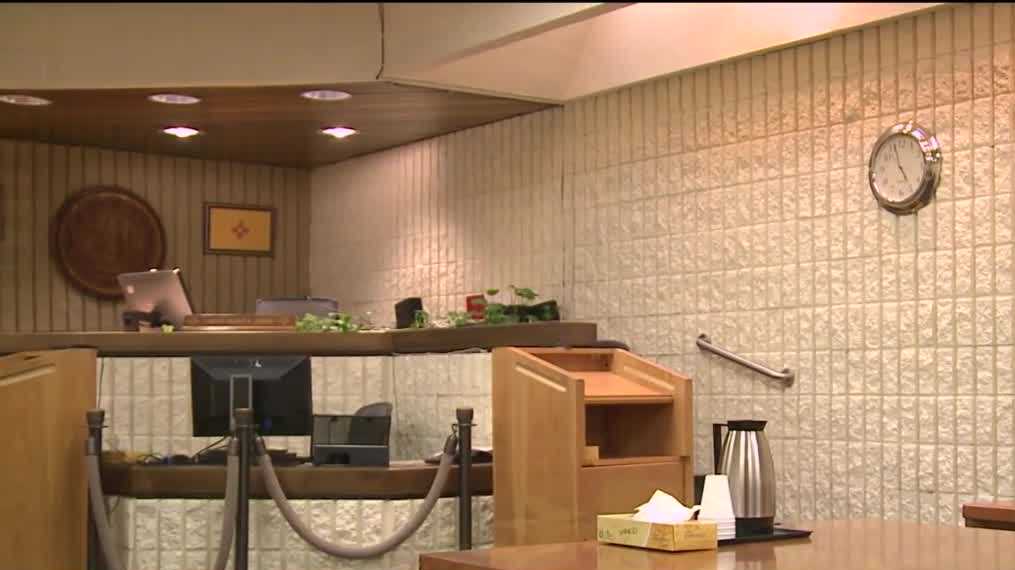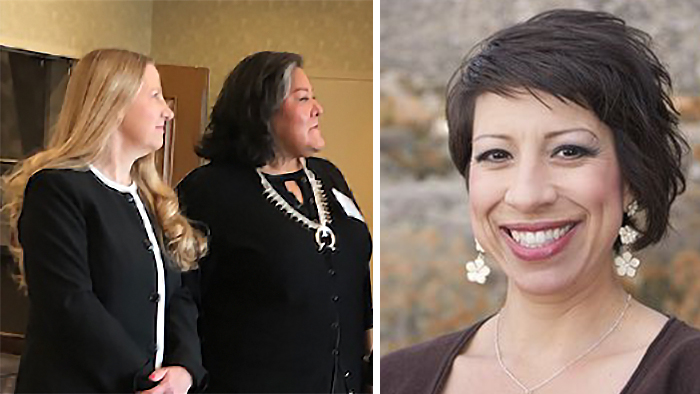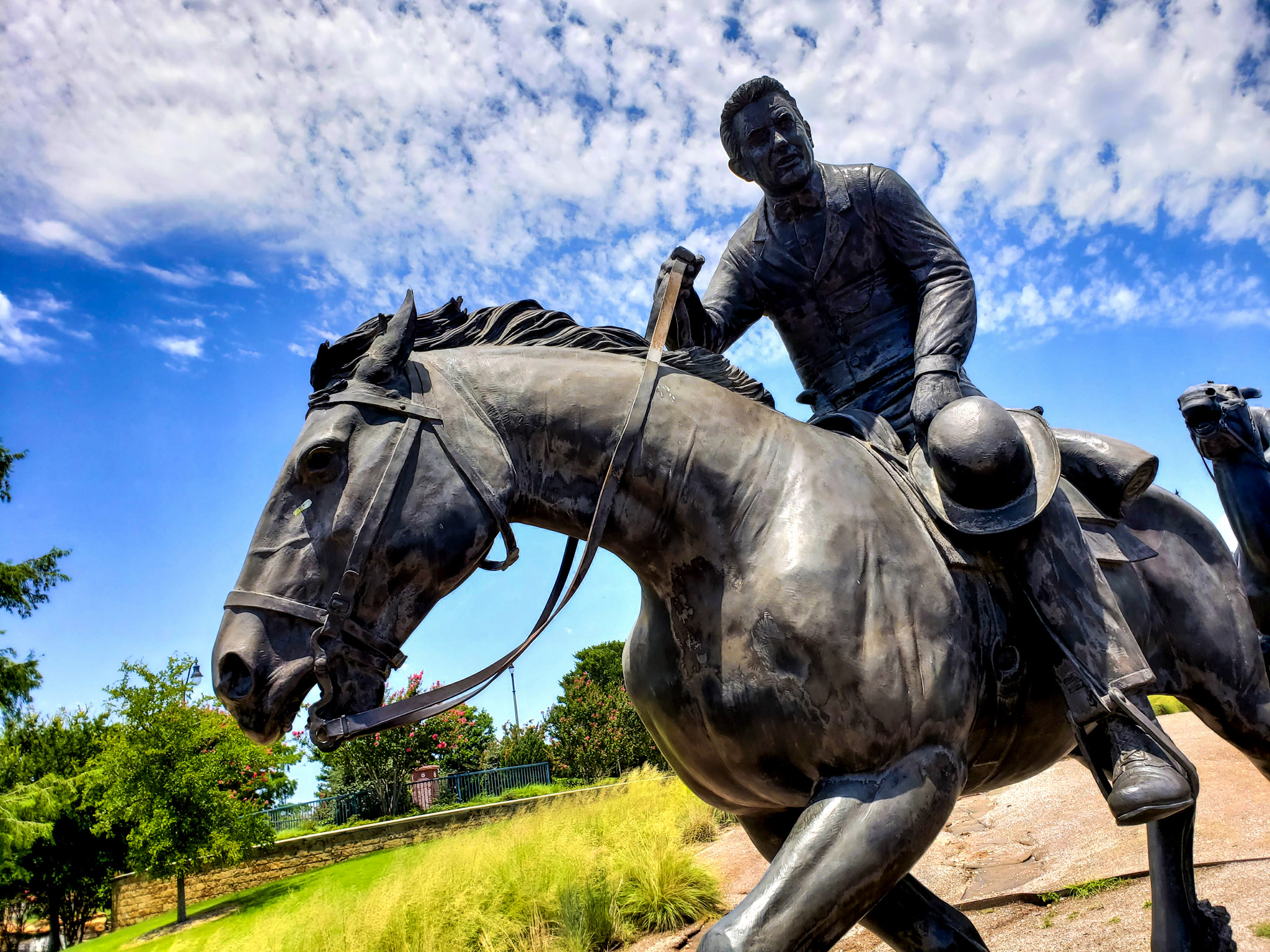(reblog from 2013)
 |
| Wayne (center) with his brother and a-mom Ann Snellgrove |
Torn Apart 32 Years Ago By Canadian Policy Toward
Aboriginals, A Mother And Son Meet For The First Time.
September 21, 2003| BY MARGO HARAKAS
He called
himself Lost Cub, and for years he tried futilely to find his way home.
Then in 2002,
feeling that at last he was closing in, Wayne Snellgrove hired a private
investigator to follow up on the final four names on his list. He needed a
shield, a buffer from the searing pain of renewed rejection. When the Canadian
investigator finally telephoned her news, Snellgrove took the phone to the
bedroom, closed the door, and, lying down on the bed, braced himself.
"I found
your mother," she said. Then it all tumbled out.
Nora Smoke, a
Saulteaux Indian living on a reserve in Saskatchewan, told the investigator,
she loved Wayne, always had, that it was the happiest day in her life that he
had found her. She had never forgotten the child she'd never seen.
"Please
tell my son," Smoke pleaded with the investigator, "I've always
thought of him."
And the
6-foot-3-inch, 225-pound athlete sobbed, sobbed like a baby, sobbed with 32
years of repressed emotion, sobbed like a kidnapped child returned to his
bereft mother.
The search had
ended; however, the story of a newborn's disappearance three decades ago was
yet to be told.
Snellgrove,
like many Canadians, calls it kidnapping. Others call it cultural annihilation
or cultural genocide. Officially, it's been dubbed the Sixties Scoop.
Throughout the 60s, 70s and into the mid 80s, thousands of native children were separated
from their mothers and adopted out to middle-class, non-native families in the
United States, Europe and elsewhere.
"Some
communities lost an entire generation," says Darrell Racine, professor of
native studies at Brandon University, in Manitoba, Canada.
At best, say
the critics, the action of the Children's Aid Societies, authorized at the time
to administer Canada's child welfare services, was misguided. At worst, it was
racism.
"It goes
back to the usual manifest destiny complex white people have over red people
and the idea they are more civilized than aboriginal people. They thought they
were doing the aboriginals a favor," says Emma LaRocque, professor of
native studies at the University of Manitoba.
The problem was
those removing the children were usually white and, because of bias or
ignorance of aboriginal culture, they were, say critics, unqualified to
determine what was in the best interest of the native child.
That the
Sixties Scoop followed on the heels of the horrific residential school program
was not coincidence. The thinking there, says Racine, "was the only way to
civilize the Indians was to get the child away from the parents." So the
children were forced into church-run boarding schools to be purged of their
language, customs and culture. (Similar boarding schools were operational
throughout most of the 20th century in the United States, as well.)
In the 1960s,
with the closing of Canada's residential schools, aboriginal children continued
to be removed, this time on the grounds of parental ambivalence, poverty,
illness, or drug or alcohol addiction.

"Entire
reserves would be assessed as dysfunctional and every child in the community
would be removed," says Kenn Richard, director of Native Child and Family
Services of Toronto.
And then
"because of racism," says Richard, who is half native, "few
white Canadians were willing to adopt aboriginal children, so placements were
made through agencies in the U.S."
'I really don't
belong'
Wayne
Snellgrove came through an agency in Northampton, Mass. Six months before
getting the 2 1/2-year-old Wayne, Richard and Ann Snellgrove, his adoptive
parents, had taken home another boy, a white boy. They wanted to find for him a
companion.
Despite loving
and caring parents, Wayne says, "I've always had this feeling of being
lost and misplaced, feeling I don't really belong here. Every time I looked in
the mirror, I knew it. I had only to look at my brother to know I was
different."
He describes
his adoptive family as "wonderful." But his situation was far
different from those that have made headlines in Canada and suggest there was
little screening of prospective parents. Several stunning cases are recounted
by the Native Child and Family Services of Toronto in its report titled
"Research Project: Repatriation of Aboriginal Families -- Issues, Models
and A Workplan." One Native child, placed with a bachelor in Kansas, was
sentenced to 20 years in prison for killing his adoptive father with a baseball
bat. The trial revealed that for years the youth had been sexually abused by
his adoptive father.
Likewise, a
native girl placed with a family who subsequently moved to Holland wound up a
drug addict and prostitute after being impregnated twice by her adoptive
father. After years of living abroad, she returned to Canada where, with the
help of birth siblings, she established a new life.
Please leave a comment! Wayne, an amazing artist and Olympic swimmer, is on Facebook. He lives in Florida. This is his painting of a red hand.
 House Bill 4148 was passed in the Oregon House of Representatives
on Thursday, February 20. The legislation seeks to place Native
American and Alaska Native foster children in culturally appropriate
care.
House Bill 4148 was passed in the Oregon House of Representatives
on Thursday, February 20. The legislation seeks to place Native
American and Alaska Native foster children in culturally appropriate
care. 





























